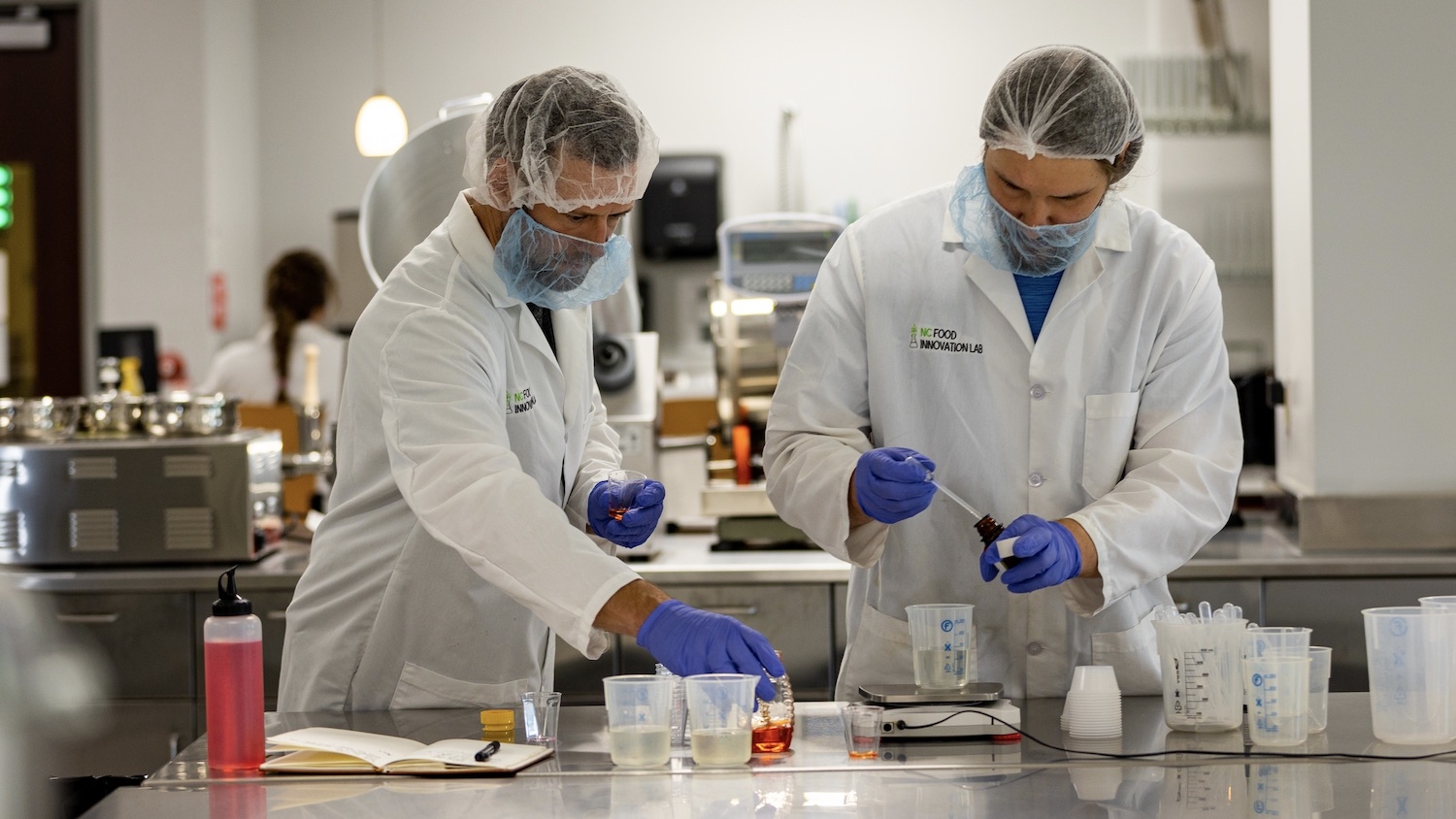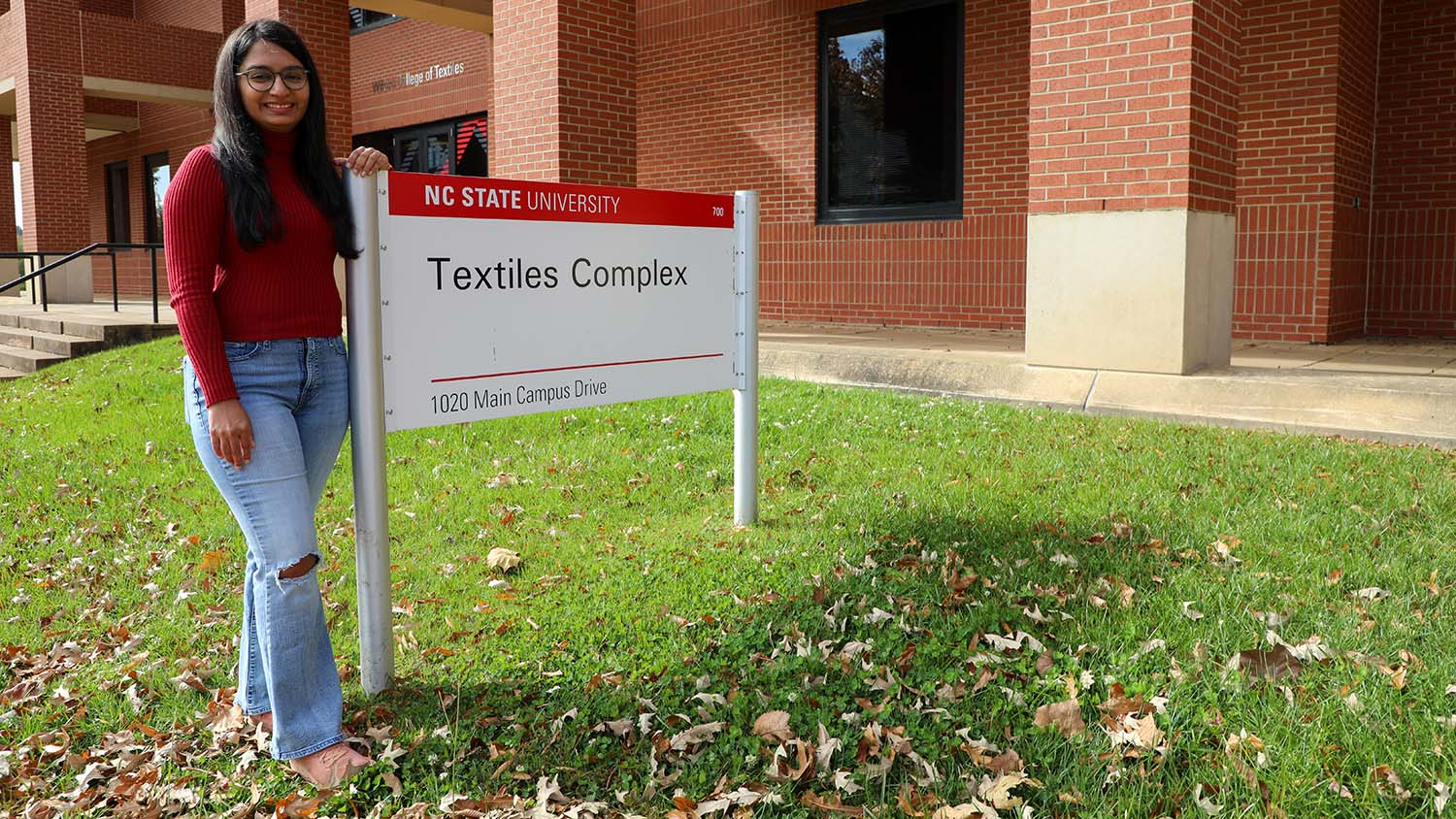How Much Green Do We Need?
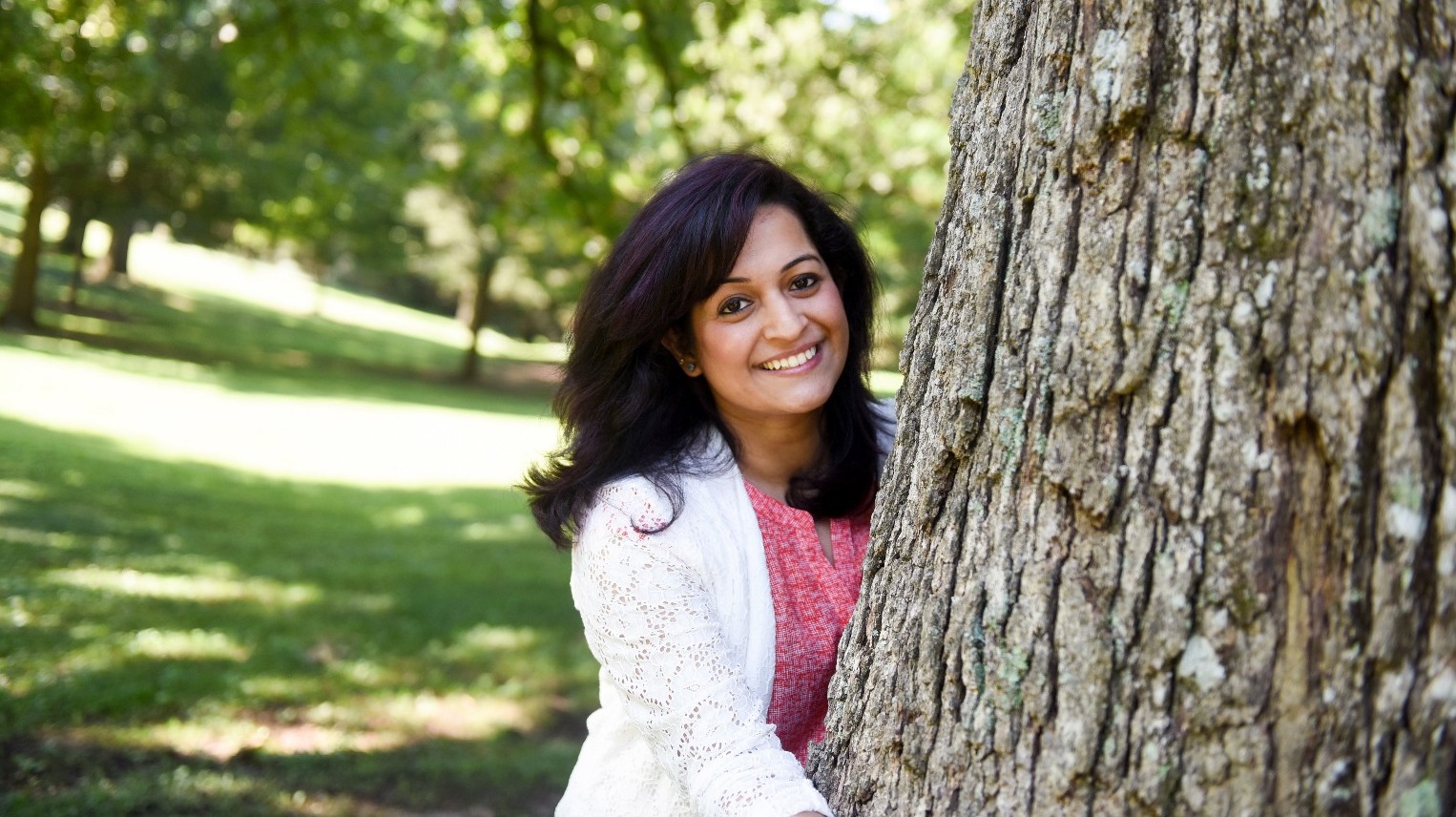
Graduate Alumna Seeks the Right Dose of ‘Vitamin G’ to Reduce Stress
Urban environments, with their noise, traffic and other pressures of modern life can create stress for those who live there. A recent graduate alumna in the College of Design created a study to determine if design of urban environments, especially urban green, could help calm overstressed urbanities.
Recent Ph.D. graduate Sonika Rawal believes her research findings will be relevant to those who design urban parks and open spaces, and it offers a clear direction for stress relief – get outside.
She came to NC State’s College of Design to discover how designers could impact public health. Though much attention in science is given to reducing diseases, researchers have paid less attention to improving human health and well-being, Rawal said.
“As designers, we have the ability to look for solutions within environments around us. We can design and build for stress-free, happy healthy environments that foster both physical and mental health,” she said.
Science has documented how nature can benefit human health, but Rawal wanted more – to define the “dose” of nature needed for stress relief.
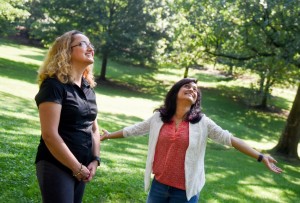
“‘Park prescription’ is an emerging concept — where doctors prescribe that their patients spend time in parks or other green environments for stress relief,” Rawal said. “But when you think of prescription, you want to know the dosage. I questioned this in my study: What dose of Vitamin G (Green) do we need for fastest recovery from stress?”
Her research project involved a number of moving parts.
While many design studies rely on self-reports to measure emotional factors like stress, Rawal wanted “more reliable, robust measures of stress” for her research project — a physiological measure of stress. So she learned to collect saliva samples from her research subjects and analyze them in the lab to determine the levels of a stress hormone called cortisol, making making her the first student at the College of Design to incorporate physiological biomarkers as measures of stress into a research project.
Rawal learned the skills to analyze the saliva samples for stress hormones at the Bio-Behavioral Lab, University of North Carolina at Chapel Hill.
Her research subjects experienced something like this: When they came to participate in the study, Rawal took baseline saliva samples to determine their initial stress/cortisol levels. Then, she used a stress induction method commonly used in psychology studies to elevate the subjects’ psychological stress.
The participants performed a series of tasks that increased their stress levels, which increased their cortisol levels by more than 55 percent, as the second saliva tests showed. “It only takes 15 minutes to stress a person,” she said.
Another novel part of her research was the use of immersive 360 degrees’ panoramas to create a standardized way of exposing the study participants to different degrees of vegetation. She worked with NC State’s Geovisualizaiton Lab to create an “immersive virtual environment” for an outdoor experience. Research subjects could view three outdoor environments, with varying degrees of vegetation using an Oculus Rift.
“A lot of people study environments and how environment effects health, but it’s not always possible to put everybody in an actual environment to test them. Thanks to this technology, you can actually bring outdoors indoors now, so that’s what I used,” Rawal said.
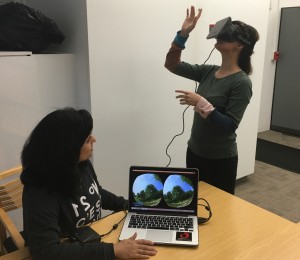
After exposure to the stressful situations, the participants were allowed to experience nature through the immersive virtual reality environment of the Oculus. The urban park images they saw ranged from very dense vegetation to low vegetation. A control group saw only a parking deck with no vegetation. Then their cortisol levels were checked for a third time.
The study definitely confirmed that contact with nature can reduces stress. But Rawal’s goal was to determine what degree of vegetation and other design features were most conducive to stress reduction. She found that as the vegetation density increased, levels of stress rapidly drop until the vegetation density reaches about 45-50 percent of the visible space. More dense vegetation led to smaller decreases in stress.
“This is a methodological prototype that I have established. Now this can be replicated in different settings, with different populations. In the future, we could study different age groups, ethnicities, people from different geographic areas, etc.” she said.
The results of the study can be helpful to policy makers and planners, seeking to develop green spaces that will help reduce stress. Lessons for those stressed urbanites? Get some “Vitamin G.”
Rawal practices what she has learned about getting outside. A native of India, she says she enjoys spending time at the beach. In Raleigh, she visits parks and enjoys a small patio garden. On campus, she spends time in open green space of the Court of North Carolina and nearby Pullen Park, across the street from the College of Design.
She feels like the Ph.D. program in design was a good fit for her, describing it as a “strong community, focused on evidence-based research.” She was especially impressed with the program’s focus on improving health through design and the opportunity to work with her advisor Dr. Celen Pasalar.
Rawal was also among a select group of 10 Ph.D. students chosen as finalists in NC State’s first-ever 3 Minute Thesis competition last fall. The competition, which originated in New Zealand, challenges doctoral students to explain their dissertation research in just three minutes.
In addition to her studies at NC State, Rawal was active member of MAITRI, the Indian Graduate Student Association. This group is a very supportive community for the more than 500 new Indian students who come to NC State in August each year.
Rawal was part of MAITRI committee that picked up new students at the airport, provided them with their first U.S. meal and housed them until they could find their own apartment. This association also organizes celebrations for four major Indian festivals each year.
Having earned her Ph.D., Rawal will go to work with Alliance Architecture in Durham, a firm where she worked as a co-op student. She brings her knowledge of how virtual reality can allow clients to experience a space virtually before it is actually built. She also will continue her research on how design impacts mental well-being.
And in October, she will share her love of outdoors with her family, who plan to visit her for a month. They will travel across the country, getting a taste of green, and all the other colors of the United States.
- Categories:

